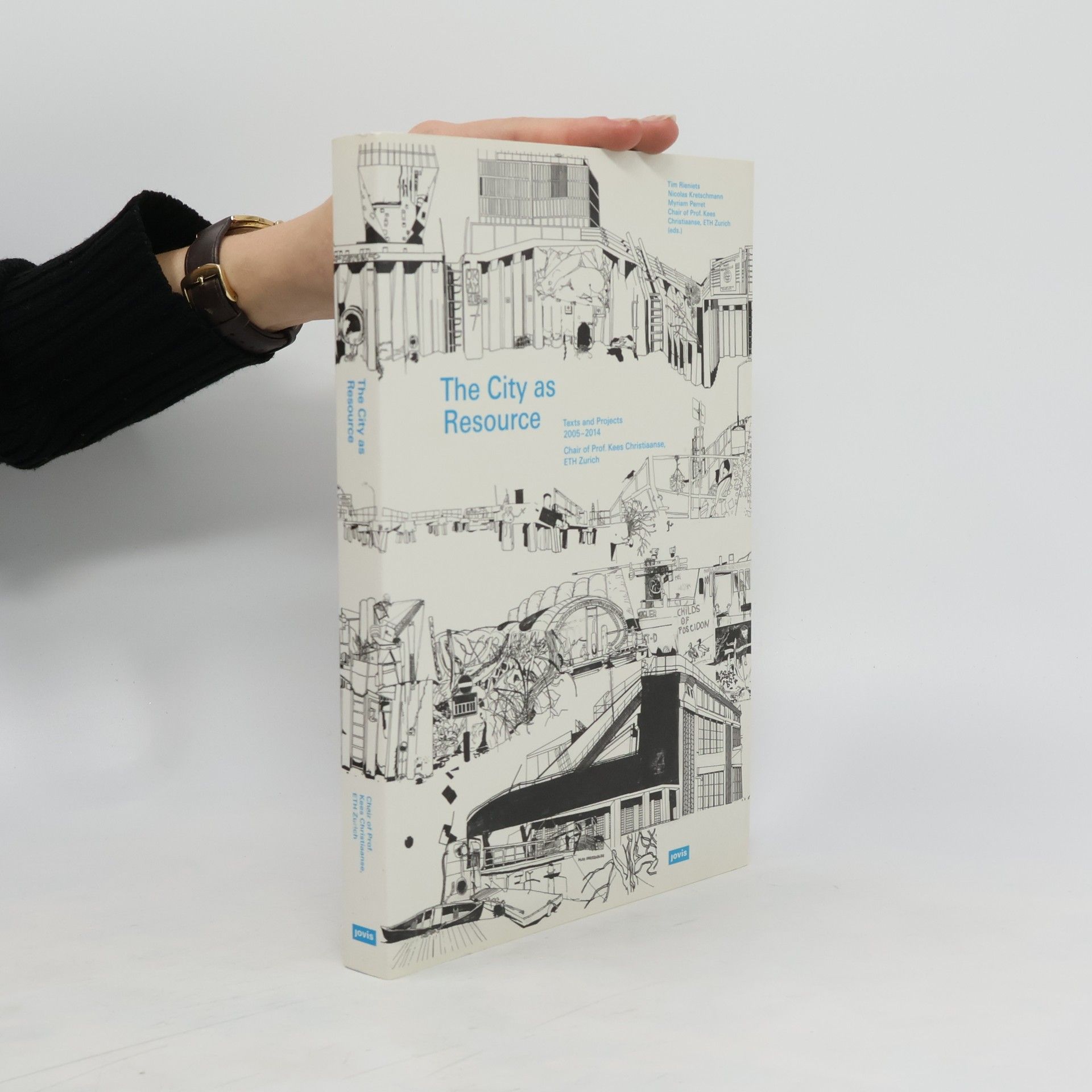Open City
- 464pages
- 17 heures de lecture
Accompanying the 4th International Architecture Biennial Rotterdam, which carries the same theme as the title of this publication, Open City provides an in-depth study of the role that architecture and urban planning can play in enhancing the quality of life in a city. Designed by Mevis & van Deursen, the book features contributions from such names as; Kees Christiaanse, Marc Angelil, Bart Goldhoorn, Christian Salewski and Peter Sloterdijk. Divided in two parts, the first sees a collection of professionals drawn from different practices, charting the different dimensions of the Open City and the threats it faces. While in part two, designs for the Open City by architects, planners and activists that have actually been implemented are analysed and discussed.

